How to Pair Pasta with Sauces: Expert Tips & Combos
Learning how to pair pasta with sauces is key to making the perfect dish. With so many types of pasta and sauces, picking the right one can be tough. You’ll discover how to make delicious, authentic Italian dishes that will wow your loved ones.
First, knowing the basics of pairing pasta with sauces is crucial. By mixing different pasta shapes with various sauces, you can create unique dishes. Following expert advice, you’ll find it easy to make tasty pasta dishes. This makes learning how to pair pasta with sauces fun and simple.
Table of Contents
Understanding the Basic Principles of Pasta and Sauce Pairing
To make the best pasta sauce combinations, it’s key to know the basics. Think about the pasta’s texture, surface area, and the sauce’s thickness. Delicate pasta like spaghetti goes well with light, oily sauces. Thicker pasta, like pappardelle, is better with hearty, chunky sauces.
When pairing pasta with sauces, consider a few things:
- Texture compatibility: Match smooth pasta with smooth sauces and rough pasta with chunky sauces.
- Surface area considerations: Thicker sauces fit better with larger surface areas, while lighter sauces work well with smaller ones.
- Sauce thickness factors: Thicker sauces suit robust pasta shapes, while lighter sauces are better for delicate shapes.
By keeping these points in mind, you can make great pasta and sauce pairs. For instance, spaghetti and a light sauce like carbonara or aglio e olio are a classic combo. But, a thick sauce like bolognese or ragù is perfect with pappardelle or rigatoni. Understanding these basics lets you try new combinations and find your favorite pasta sauce pairs.
| Pasta Shape | Sauce Type | Texture Compatibility |
|---|---|---|
| Spaghetti | Light, oily sauces | Smooth |
| Pappardelle | Hearty, chunky sauces | Rough |
| Rigatoni | Thick, creamy sauces | Rough |
Different Types of Pasta Shapes and Their Ideal Sauce Partners
Pairing pasta with the right sauce is key. Knowing each pasta shape’s characteristics is important. For example, long, thin pasta like spaghetti goes well with light, oily sauces. This is why following pasta sauce tips is crucial.
When pairing pasta with the right sauce, consider a few things:
- Texture: Delicate pasta needs light sauces, while thick pasta can handle creamy ones.
- Surface area: Shapes like pappardelle hold onto rich sauces well.
- Sauce thickness: Thin sauces fit long pasta, while thick sauces work with short shapes like penne.
By keeping these tips in mind, you can make dishes that perfectly match pasta and sauce. This way, you get the most out of pasta sauce tips and pair pasta with the right sauce.
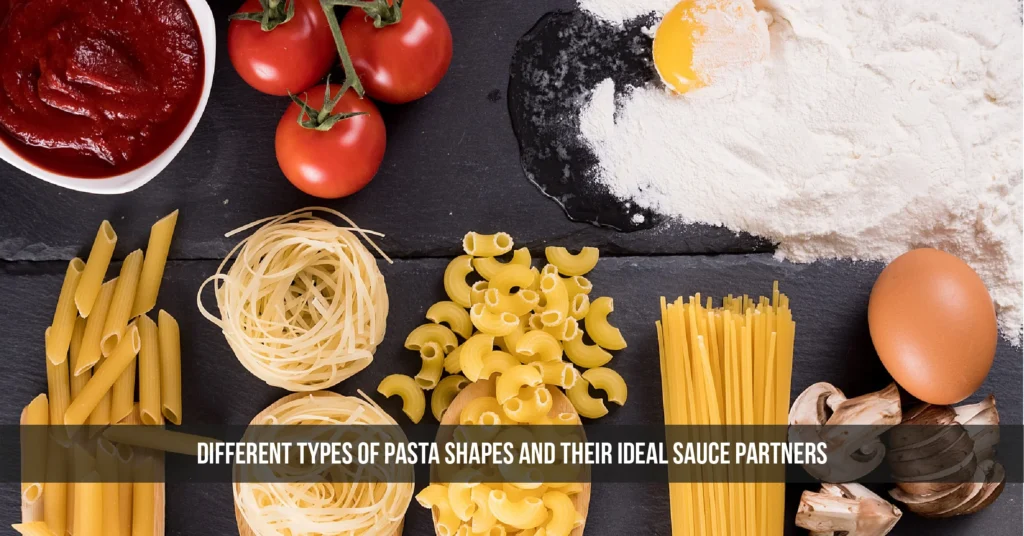
The Science Behind How to Pair Pasta with Sauces
Creating the perfect pasta dish starts with knowing how to pair pasta with sauces. A good guide helps you choose the right sauce for your pasta. You need to think about starch release, temperature, and cooking time.
Pairing pasta and sauce is all about finding harmony. Cooking pasta al dente makes the sauce stick better. This creates a balanced and tasty meal.
Starch Release and Sauce Adhesion
The pasta type affects starch release, which impacts sauce adhesion. A good guide considers different pasta and sauce pairings. Choosing the right combination can make your meal better.
Temperature Impact on Sauce Consistency
Temperature is key in pasta and sauce pairing. It changes sauce consistency and how it coats pasta. A good guide offers tips for the perfect sauce consistency.
| Pasta Shape | Recommended Sauce | Temperature |
|---|---|---|
| Spaghetti | Tomato sauce | 180°F – 190°F |
| Fettuccine | Alfredo sauce | 160°F – 170°F |
| Penne | Pesto sauce | 170°F – 180°F |
By following these tips and a good guide, you can impress everyone with your pasta dishes. Always think about pasta type, sauce, and temperature for a balanced dish.
Classic Italian Pasta and Sauce Combinations
Learning to pair pasta with sauces starts with classic Italian combinations. These pairings have been perfected over the years. They include spaghetti carbonara and fettuccine Alfredo, pleasing even the most discerning palates.
Creating authentic Italian dishes means matching pasta with the right sauce. For instance, spaghetti goes well with light, oily sauces like carbonara. On the other hand, fettuccine pairs best with rich, creamy sauces like Alfredo. This knowledge lets you experiment with flavors and ingredients for your own unique pairings.
Some popular classic Italian pasta and sauce combinations include:
- Spaghetti carbonara: spaghetti, bacon or pancetta, eggs, parmesan cheese
- Fettuccine Alfredo: fettuccine, parmesan cheese, butter, heavy cream
- Spaghetti Bolognese: spaghetti, ground beef, tomato sauce, parmesan cheese
Mastering these classic combinations helps you create delicious, authentic Italian dishes. These dishes are sure to impress anyone.
Matching Sauce Thickness to Pasta Structure
Understanding the link between sauce thickness and pasta shape is key. To match pasta and sauce perfectly, think about the pasta’s texture and shape. Light pasta like angel hair or spaghetti goes well with light, oily sauces.
Thicker pasta shapes, such as pappardelle or rigatoni, pair well with robust sauces. Creamy sauces work with many pasta shapes, from light to thick. Knowing each sauce’s characteristics helps you find the perfect match.
Light Sauces and Delicate Pasta
Here are some light sauce and delicate pasta pairings:
- Carbonara sauce with spaghetti
- Aglio e olio with angel hair
- Light tomato sauce with linguine
These examples show how important it is to match pasta and sauce for a balanced dish.
Hearty Sauces with Robust Shapes
Hearty sauces go well with thick pasta shapes, like:
- Bolognese sauce with pappardelle
- Meat ragu with rigatoni
- Mushroom sauce with penne
These pairings show how matching pasta and sauce can enhance a dish.
| Pasta Shape | Sauce Type | Pairing Recommendation |
|---|---|---|
| Delicate | Light | Carbonara with spaghetti |
| Robust | Hearty | Bolognese with pappardelle |
| Delicate to Robust | Creamy | Alfredo with fettuccine |
By following these tips, you can find the best pasta and sauce combinations. This will make your dishes stand out.
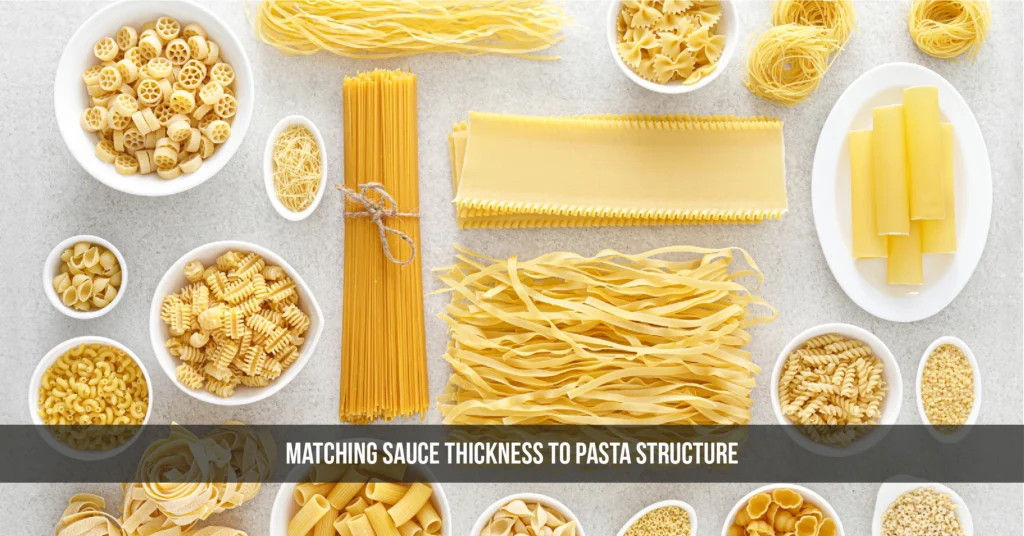
Regional Italian Pasta Pairing Traditions
Exploring pasta reveals a world of regional pairing traditions in Italy. Each area has its own pasta pairing ways and favorites. To get good at pasta sauce tips, knowing these differences is key.
Some popular pairing traditions include:
- Tuscan pasta dishes, which often feature hearty sauces made with wild boar or Chianina beef
- Neapolitan pasta dishes, which typically pair light, delicate sauces with fresh seafood
- Sicilian pasta dishes, which often combine rich, savory sauces with sweet or sour ingredients
Exploring these traditions can lead to new pairing pasta with the right sauce ideas. This adds variety and depth to your pasta dishes. Whether you’re experienced or new, knowing these traditions is crucial for making authentic pasta.
Regional Italian pasta pairing traditions are a treasure trove of inspiration for pasta lovers. By embracing these traditions and learning how to pair pasta with the right sauce, you’ll be well on your way to creating unforgettable pasta dishes that will delight your taste buds and leave you wanting more.
So why not start exploring regional Italian pasta pairing traditions today? With practice and patience, you’ll soon make delicious, authentic pasta dishes. Mastering pasta sauce tips and pairing pasta with the right sauce will become easy.
Common Mistakes to Avoid When Pairing Pasta and Sauce
Creating the perfect pasta dish starts with a good sauce selection guide. To find the perfect match, you must avoid common mistakes. One big error is oversaucing, which makes pasta soggy and unappetizing.
A good guide teaches the importance of balance in pairing pasta and sauce. Timing is also key. Serving pasta with sauce that’s too hot or cold can change its taste and texture.
Oversaucing Issues
To avoid oversaucing, use the right amount of sauce for your pasta. A good rule is 1/4 cup of sauce for every 1 cup of pasta.
Temperature Timing Errors
Timing errors can be fixed by cooking pasta and sauce together. This way, your pasta stays al dente, and your sauce is hot and ready.
Texture Mismatches
Choosing the right pasta for your sauce avoids texture mismatches. Delicate sauces like carbonara go well with long, thin pasta. Hearty sauces like bolognese work best with thicker pasta. By following a good guide, you can impress everyone with your pasta dishes.
Modern Fusion Approaches to Pasta Pairing
Exploring how to pair pasta with sauces opens up a world of possibilities. Modern fusion brings together traditional Italian methods and new flavors. This mix creates unique pasta sauce pairings that refresh your pasta dishes.
Some modern fusion ideas include:
- Asian-inspired sauces, like soy sauce, with delicate pasta shapes like linguine or fettuccine
- Latin American flavors, such as salsa, with hearty pasta shapes like pappardelle or rigatoni
- Mediterranean-inspired sauces, like hummus, with light pasta shapes like spaghetti or angel hair
To make your own fusion pasta, try new how to pair pasta with sauces combinations. Add international ingredients, like kimchi or curry powder, to Italian sauces. The goal is to have fun and be creative with your pasta sauce pairings. With practice, you’ll make dishes that wow your loved ones.
| Pasta Shape | Sauce Pairing | International Inspiration |
|---|---|---|
| Linguine | Stir-fry sauce | Asian |
| Pappardelle | Salsa | Latin American |
| Spaghetti | Hummus | Mediterranean |
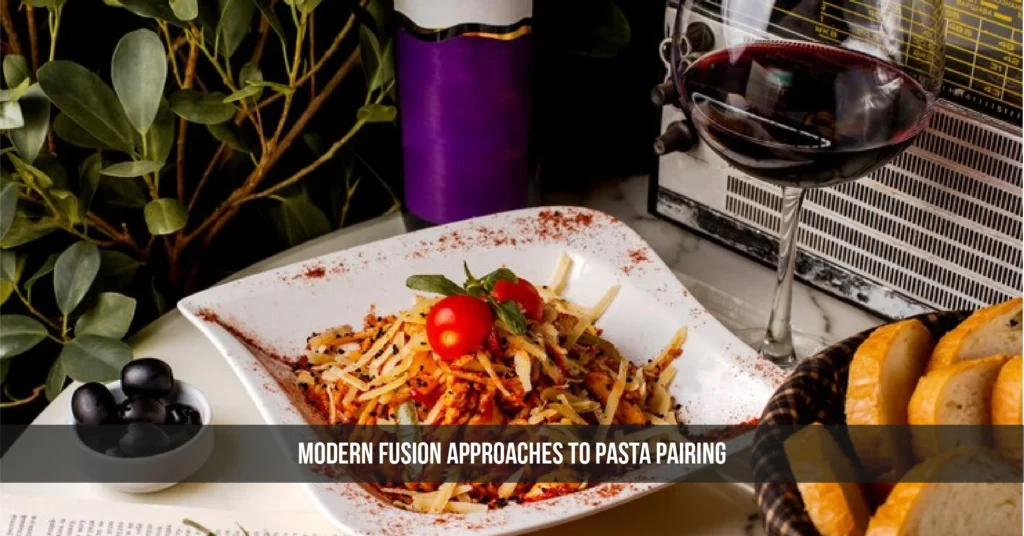
Essential Tools and Techniques for Perfect Pasta-Sauce Integration
To make a delicious pasta dish, you need to know the right tools and techniques. These pasta sauce tips will help you improve your cooking. The key is to pair pasta with the right sauce for the best flavor and texture.
Some important techniques include:
- Use the right amount of pasta water to avoid mushy or sticky pasta.
- Thinning the sauce to the perfect consistency for even coating.
- Mixing and tossing to spread flavors and textures evenly.
Mastering these techniques and following these pasta sauce tips will make your pasta dishes amazing. Whether you’re new or experienced, pairing pasta with the right sauce is a skill you can learn. It just takes practice and patience.
| Pasta Shape | Sauce Recommendation |
|---|---|
| Spaghetti | Light, oily sauces like carbonara or aglio e olio |
| Fettuccine | Creamy sauces like Alfredo or mushroom sauce |
| Penne | Chunky sauces like tomato sauce or pesto |
Creating Balanced Pasta Dishes Through Proper Pairing
To make a balanced pasta dish, it’s key to pick the right pasta sauce selection guide and sauce. Start by knowing the pasta types and their best sauce matches. For example, thin pasta like spaghetti goes well with light sauces. Thicker pasta, like pappardelle, suits heartier sauces.
Think about the flavor and texture you want. A pasta sauce selection guide can show you many options, from tomato sauce to creamy Alfredo. The goal is to balance the pasta and sauce so they enhance each other. This way, your dish will taste great and look good too.
Some top perfect pasta sauce matches are:
- Spaghetti with tomato sauce and meatballs
- Fettuccine with Alfredo sauce and parmesan cheese
- Linguine with pesto sauce and grilled chicken
Pairing pasta and sauce is all about trying new things and finding the right mix. With practice, you’ll make dishes that wow everyone.
| Pasta Shape | Ideal Sauce Partner |
|---|---|
| Spaghetti | Light, oily sauces (e.g., tomato sauce, carbonara) |
| Pappardelle | Hearty, chunky sauces (e.g., Bolognese, wild boar ragu) |
| Fettuccine | Creamy sauces (e.g., Alfredo, mushroom cream sauce) |
Sauce-to-Pasta Ratios and Portioning Guidelines
Learning how to pair pasta with sauces starts with knowing the right sauce-to-pasta ratios. The perfect balance between pasta and sauce makes a dish both tasty and beautiful. It’s all about the pasta type, sauce thickness, and serving size.
Exploring pasta sauce pairings shows that different pasta types need different sauce amounts. For instance, long, thin pasta like spaghetti works well with light, oily sauces. Thicker pasta, like penne, can handle chunkier sauces.
Measuring Techniques
To get the sauce-to-pasta ratio just right, use precise measuring. A good starting point is 1/4 to 1/2 cup of sauce for every 1 cup of cooked pasta. But, this can change based on the pasta and sauce you choose.
Adjusting for Different Pasta Types
Adjusting for different pasta types means considering their surface area and texture. Delicate pasta, like farfalle, needs a light sauce. But, robust pasta, like pappardelle, can handle thicker sauces.
| Pasta Type | Sauce-to-Pasta Ratio |
|---|---|
| Long, thin strands (spaghetti, angel hair) | 1/4 cup sauce per 1 cup cooked pasta |
| Thicker, tubular pasta (penne, rigatoni) | 1/2 cup sauce per 1 cup cooked pasta |
| Delicate pasta shapes (farfalle, tortellini) | 1/8 cup sauce per 1 cup cooked pasta |
By following these guidelines and trying out different pasta sauce pairings, you’ll become great at making delicious pasta dishes. Your family and friends will love them.
Conclusion:
Making the perfect pasta dish is like a work of art. It needs a good understanding of how noodles and sauce work together. By learning about the best pasta sauce combinations and pasta and sauce matching, you can improve your cooking skills. This will impress everyone who tries your dishes.
The secret to great pasta and sauce is knowing about texture, surface area, and sauce thickness. This knowledge helps you create dishes that taste amazing together.
Keep exploring pasta pairings and try new things. Look into both traditional and modern ways of making pasta dishes. Don’t be scared to try new flavors and ingredients. With time and effort, you’ll get better at finding the perfect sauce for your pasta.
So, use what you’ve learned and let your creativity in the kitchen shine. Bon appétit, and happy pairing!
Also Read: What to Eat and Drink After Food Poisoning: Helpful Tips
FAQs
What are the basic principles of pairing pasta with sauces?
The basic principles include matching the pasta’s texture and surface area with the sauce’s thickness—delicate pasta pairs well with light sauces, while robust pasta suits hearty, chunky sauces.
How do I choose the right sauce for different pasta shapes?
Consider the pasta’s texture and structure: long, thin pasta like spaghetti works with light, oily sauces, while thicker shapes like pappardelle are ideal for rich, creamy sauces.
What are some classic Italian pasta and sauce combinations?
Classic pairings include spaghetti carbonara, fettuccine Alfredo, and penne arrabbiata, which showcase the harmony between pasta shapes and traditional Italian sauces.
What common mistakes should I avoid when pairing pasta and sauce?
Avoid oversaucing, mismatching textures, and incorrect temperature timing, as these can ruin the balance and flavor of your dish.
Can I experiment with modern fusion approaches to pasta pairing?
Absolutely! Modern fusion allows you to blend traditional Italian pasta with international flavors, such as Asian-inspired sauces or Latin American salsas, for unique and creative dishes.
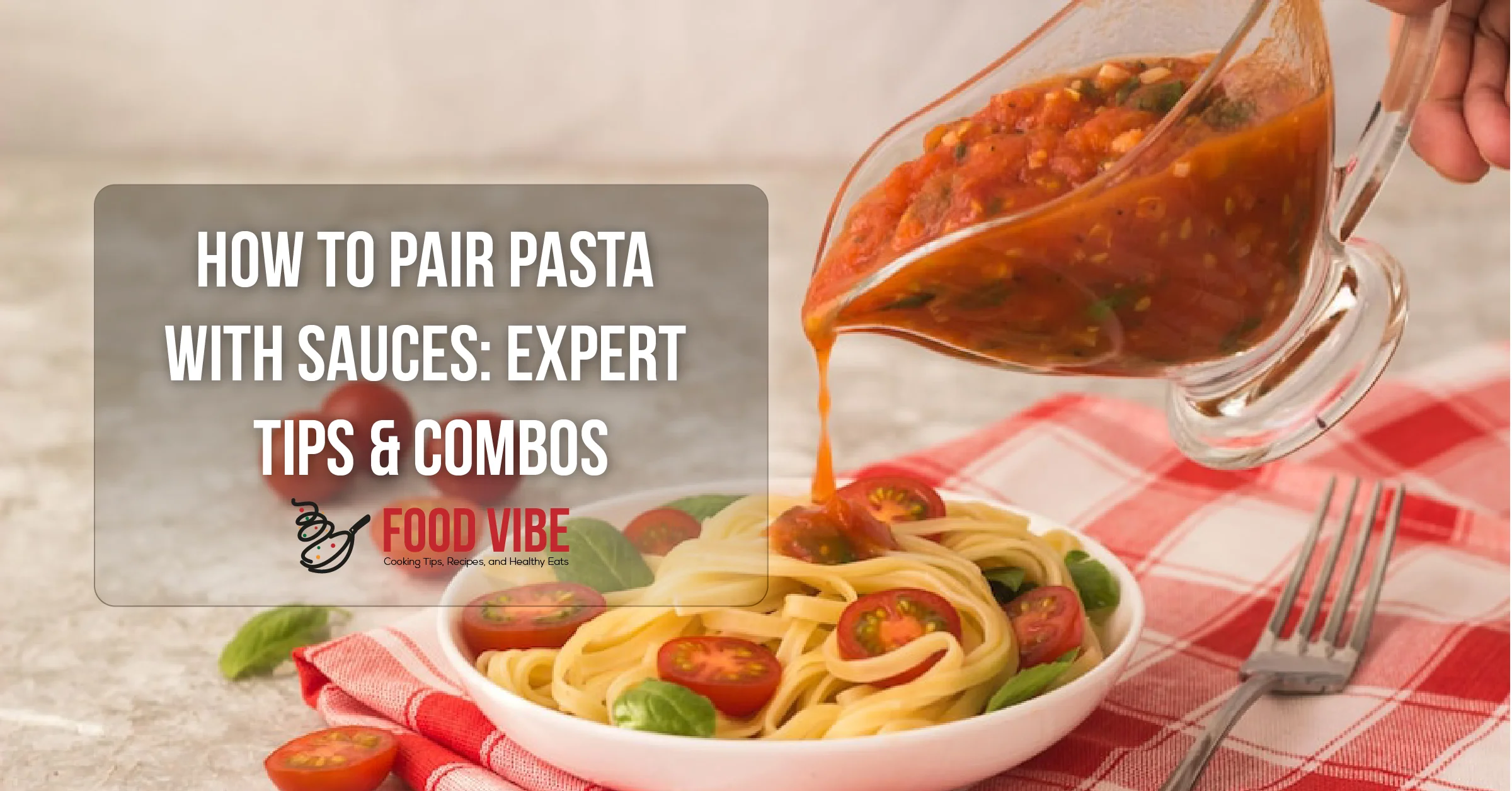










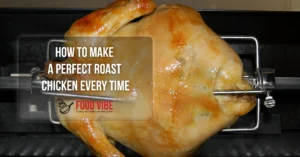
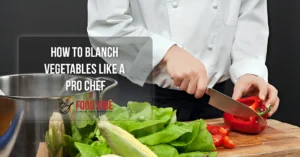

Post Comment